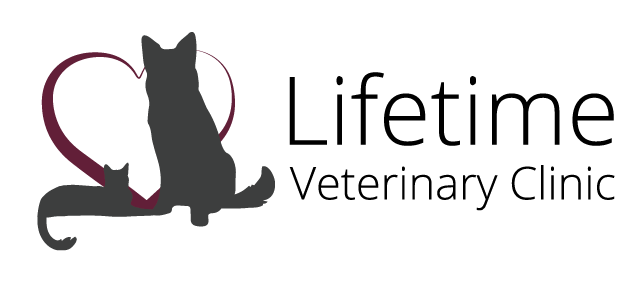Library
-
Training your dog in advance for travel is the ideal situation. Positive reinforcement training can be used to help dogs relax so that they can travel calmly and safely. Medications can be helpful for dogs who become physically ill or experience anxiety when traveling.
-
Ear and body handling are essential skills for every dog. Teaching trust and comfort for ear handling is best done before an infection occurs. Training for ear handling should be done when the ears are not painful. Using sedation and anesthesia is always a good idea for painful ears.
-
Dogs are not wolves living in our homes. But even if they were, dominance theory and alpha theory would not apply, just as they do not apply to wolves. Dogs do the behaviors that work and using management, prevention, supervision, and positive reinforcement is the best way to create a dog you love.
-
Before making the decision to bring a new dog into your household, there are some important factors to consider, including compatibility with your current dog, how they will be introduced, and what additional training will be required to ensure a harmonious multi-dog home.
-
Most male animals (stallions, bulls, boars, rams, dogs, and tomcats) that are kept for companionship, work, or food production are neutered (castrated) unless they are intended to be used as breeding stock. Since castration will influence a dog's behavior, every dog owner should consult with their veterinarian about the health impacts of castration for their individual dog.
-
Play and exercise are crucial for the wellbeing of every single dog. Choosing the right kinds of play and best plan for exercise helps dogs be well-rounded and appreciated companions.
-
Sometimes, what we want our dogs to do is, well, nothing! Learning to settle and be calm in a variety of environments is a life skill many owners appreciate from their dogs. Training using positive reinforcement is an excellent way to teach calm and settle.
-
Dogs and children should always be supervised. Most dog aggression towards children is fear-based, though many dogs will also show aspects of food, possessive, and territorial aggression. Ideally, all dogs should be introduced to children while they are still puppies. Even well-socialized dogs can exhibit fear or aggressive behavior as they mature. If you recognize any level of aggression towards your child, even a subtle display, additional safety precautions are necessary.
-
Aggression toward household members can have one or more causes. Underlying medical conditions can cause or exacerbate aggressive behavior and must be identified and treated. The sooner you address the behavior, the better, as aggression can escalate in intensity over time. Aggression is rarely fully eliminated from a dog’s repertoire. The goal is to use behavior modification and management to assure safety and predictability.
-
If your dog has threatened or displayed any signs of aggression, the problem is likely to continue until appropriate steps can be taken to identify the cause and modify the pet's behavior. A necessary first step is prevention and avoidance of further incidents. Not only is this essential to ensure safety, but each aggressive display may actually serve to increase the chances that the aggressive behavior will continue.

